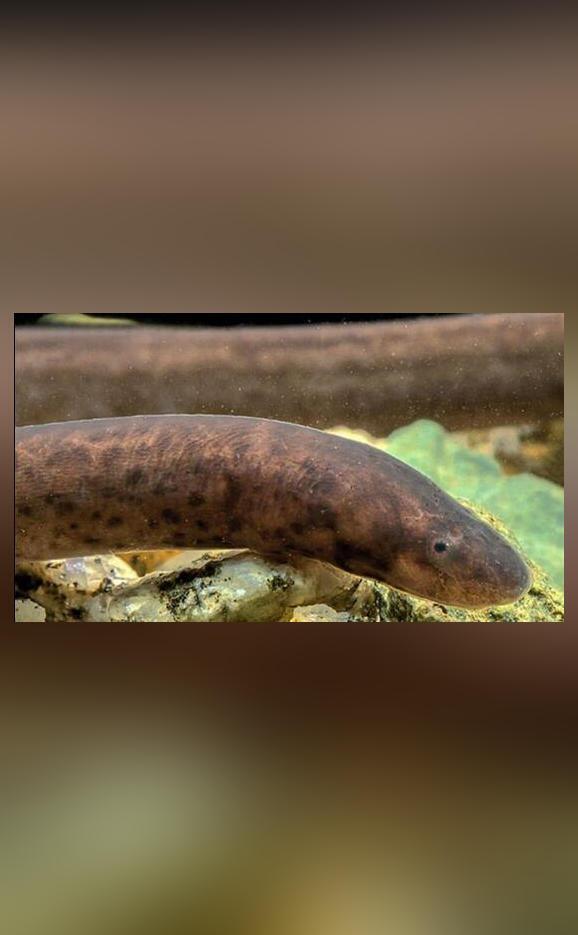
Fish Species Rediscovered in Arunachal after Over 100 Years
In a groundbreaking discovery, Indian researchers have rediscovered a fish species, Moringua hodgarti, in Arunachal Pradesh’s Siang Valley after over 100 years. The species was first collected during the Abor Expedition in 1911-1912, and its rediscovery is a significant milestone in the field of ichthyology. The findings were published in the peer-reviewed journal Zootaxa, a prominent platform for taxonomic research.
The Moringua hodgarti, a species of eel, measures approximately 177 mm to 211 mm in length and is known only from the Siang Valley in Arunachal Pradesh. The species’ rediscovery is a testament to the rich biodiversity of the region and highlights the importance of conservation efforts to protect these unique species.
The Abor Expedition, conducted by British explorer and naturalist, Lt. Col. J.H. Hutton, was a major expedition that aimed to explore the remote regions of Arunachal Pradesh. During the expedition, several species of plants and animals were discovered, including the Moringua hodgarti. However, the species was not seen again until recently, raising concerns about its survival and conservation status.
The rediscovery of Moringua hodgarti is a significant achievement for Indian researchers, who have been working tirelessly to catalogue and study the country’s rich biodiversity. The team of researchers, led by Dr. S.K. Singh from the Zoological Survey of India, conducted extensive surveys and sampling in the Siang Valley to confirm the species’ existence.
“The rediscovery of Moringua hodgarti is a significant conservation achievement, as it highlights the importance of preserving the region’s unique biodiversity,” said Dr. Singh. “The species’ survival is a testament to the efforts of local communities and conservationists who have worked tirelessly to protect the region’s natural habitats.”
The rediscovery of Moringua hodgarti also highlights the importance of scientific research and exploration in the discovery of new species. The Abor Expedition, conducted over a century ago, laid the foundation for future research and exploration in the region. The expedition’s findings, including the discovery of Moringua hodgarti, have contributed significantly to our understanding of the region’s biodiversity and have paved the way for future research.
The rediscovery of Moringua hodgarti also raises concerns about the impact of human activities on the region’s biodiversity. The Siang Valley, like many other regions in India, is facing threats from deforestation, habitat destruction, and climate change. The loss of natural habitats and the disruption of ecosystems can have devastating consequences for species like Moringua hodgarti, which are often found in specific and limited habitats.
To address these concerns, conservation efforts are underway to protect the Siang Valley and its unique biodiversity. The Arunachal Pradesh government has established several protected areas, including the Siang Valley Wildlife Sanctuary, to safeguard the region’s natural habitats and species.
The rediscovery of Moringua hodgarti is a significant conservation achievement, and it highlights the importance of preserving the region’s unique biodiversity. The species’ survival is a testament to the efforts of local communities and conservationists who have worked tirelessly to protect the region’s natural habitats.
As we celebrate this significant discovery, it is essential to recognize the importance of conservation efforts and the role that scientific research plays in the discovery of new species. The rediscovery of Moringua hodgarti is a reminder of the importance of preserving our planet’s biodiversity and the need for continued conservation efforts to protect our natural world.
Source:






